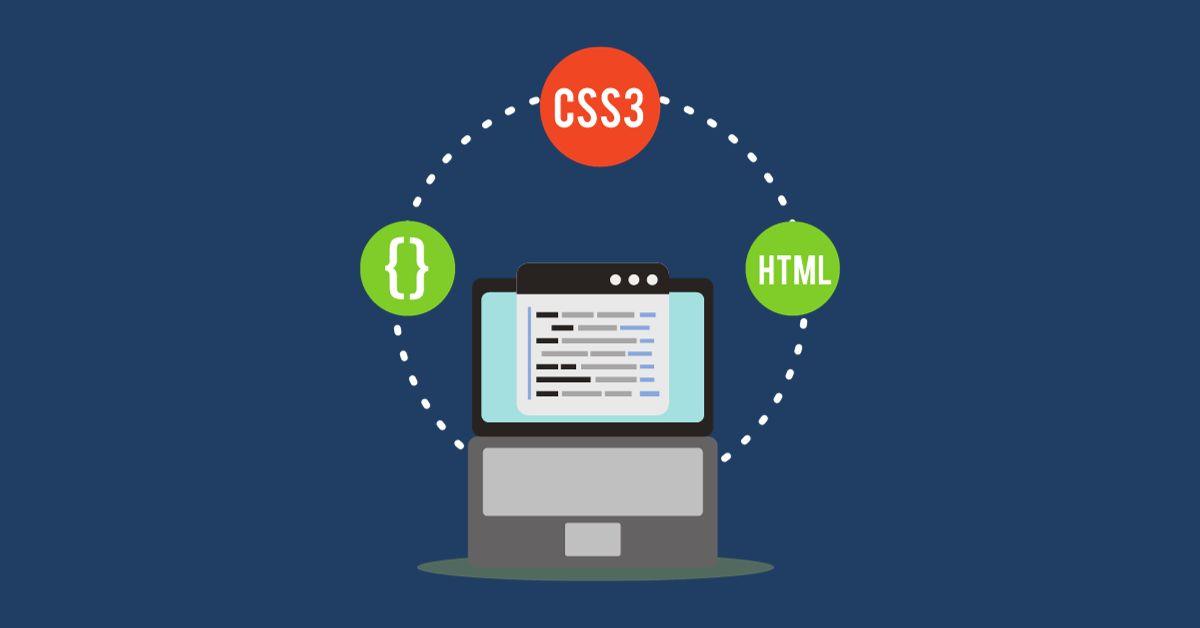Introduction
REST APIs are the backbone of modern web services, enabling applications to communicate seamlessly. However, they are not immune to issues, often evidenced by HTTP error responses. In this article, we’ll explore common HTTP error responses in REST APIs, such as 403 Forbidden and 429 Too Many Requests, and delve into effective debugging techniques. We’ll also discuss overcoming third-party API integration challenges, handling large data sets through pagination, and implementing real-time notifications with webhooks. For a comprehensive understanding of APIs, don’t forget to check out The Ultimate Guide to APIs.
Understanding HTTP Status Codes
The Role of Status Codes in API Communication
HTTP status codes are critical in API development, offering a standardized way to indicate the success or failure of an API request. These codes range from 1xx informational responses to 5xx server errors. Understanding these codes is essential in diagnosing and resolving issues in API interactions.
Common HTTP Status Codes and Their Meanings
- 200 OK: The request was successful.
- 400 Bad Request: The server couldn’t understand the request due to invalid syntax.
- 401 Unauthorized: Authentication is required and has failed or not been provided.
- 403 Forbidden: The client does not have access rights to the content.
- 404 Not Found: The server can’t find the requested resource.
- 429 Too Many Requests: The user has sent too many requests in a given amount of time.
Debugging Techniques for Common Errors
Diagnosing and Resolving 403 Forbidden and 429 Errors
Debugging REST APIs involves checking server logs, understanding API documentation, and using tools like Postman or cURL for testing.
Debugging a 403 Forbidden Error
- Check API Permissions: Ensure that the API key or user credentials have the necessary permissions.
- Review Access Controls: Verify that the affected endpoints are correctly configured in terms of access control.
Debugging a 429 Too Many Requests Error
- Rate Limiting Policies: Understand the API’s rate-limiting policies and ensure your requests adhere to these limits.
- Implement Exponential Backoff: In your code, implement exponential backoff for retrying requests.
Tools for Debugging
- Postman: Test API endpoints and analyze responses.
- Browser Developer Tools: Inspect network traffic to see API requests and responses.
Overcoming Third-Party API Integration Challenges
Common Errors in Third-Party API Integration
Integrating with third-party APIs can be challenging due to different standards and documentation quality. Issues might include authentication errors, data format mismatches, and unexpected response codes.
Best Practices for Smooth Integration
- Thoroughly Read Documentation: Understanding the third-party API’s documentation is crucial.
- Error Handling Strategies: Implement robust error handling that can gracefully manage unexpected responses or downtime from the third-party service.
Pagination and Large Data Sets
Efficient Handling of API Pagination
When dealing with large data sets, pagination is key to efficiency and reduced load times.
Debugging Pagination Issues
-
Check Query Parameters: Ensure that your pagination query parameters (like
pageandlimit) are correctly implemented. - Validate Server Response: Confirm that the server’s paginated response includes necessary metadata, like total count and links to next/previous pages.
Implementing Real-time Notifications with Webhooks
Managing Webhook Challenges
Webhooks are used for real-time notifications but come with their own set of debugging challenges.
Tips for Debugging Webhook Issues
- Validate Endpoints: Ensure that the webhook URL on your server is correctly configured and accessible.
- Inspect Payloads: Check the payloads sent by webhooks for expected data and structure.
To enhance the blog article on debugging common error responses in REST APIs, here's the development of the new sections incorporating the previously suggested enhancements:
In-Depth Case Studies: Navigating Real-World API Challenges
Discover how common API errors manifest and get resolved in real-world scenarios. We dive into detailed case studies, like a mobile app grappling with a 429 Too Many Requests error during a high-traffic campaign. Understand the steps taken to diagnose, address, and ultimately resolve these issues, offering invaluable insights into practical API troubleshooting.
Case Study 1: Resolving High Traffic Issues
-
Scenario: An eCommerce app experiences a spike in
429errors during a flash sale. - Solution: Implementation of a more dynamic rate-limiting strategy and optimization of backend processes.
Case Study 2: Authentication Woes Post-API Update
-
Scenario: Users encounter
403 Forbiddenerrors after an API update. - Solution: Streamlining authentication processes and enhancing documentation for developers.
Hands-On: Code Snippets and Error Handling Templates
Enhance your debugging arsenal with our collection of code snippets and error-handling templates tailored for various programming environments.
Python Error Handling Using Flask
def not_found_error(error):
return render_template('404.html'), 404
-
Explanation: A simple Flask handler for
404 Not Founderrors, redirecting users to a custom error page.
JavaScript Client-Side Error Handling
fetch('api_endpoint')
.then(handleResponse)
.catch(error => console.error('API Error:', error));
- Explanation: JavaScript snippet for handling API response errors gracefully.
Error Responses Templates in REST APIs
1. Error Handling Middleware Template for Express.js
This template is crucial for Node.js developers working with Express. It helps in creating a centralized error handling mechanism.
app.use((err, req, res, next) => {
console.error(err.stack);
res.status(err.status || 500).send({ error: err.message });
});
- Use Case: Captures any error thrown in the Express application, logs it, and returns a formatted response.
2. Spring Boot Global Exception Handler Template
For Java developers using Spring Boot, this template provides a way to handle exceptions globally.
public class GlobalExceptionHandler {
public ResponseEntity<Object> handleException(Exception e){
return new ResponseEntity<>(e.getMessage(), HttpStatus.INTERNAL_SERVER_ERROR);
}
}
- Use Case: Catches and handles exceptions across the entire Spring Boot application, simplifying error management.
3. ASP.NET Core Exception Handler Middleware
In the .NET environment, this template offers a structured approach to handling exceptions.
public void Configure(IApplicationBuilder app, IWebHostEnvironment env) {
app.UseExceptionHandler(a => a.Run(async context => {
var exceptionHandlerPathFeature = context.Features.Get<IExceptionHandlerPathFeature>();
var exception = exceptionHandlerPathFeature.Error;
var result = JsonConvert.SerializeObject(new { error = exception.Message });
context.Response.ContentType = "application/json";
await context.Response.WriteAsync(result);
}));
}
- Use Case: Efficiently handles exceptions in ASP.NET Core applications, providing a JSON response for API errors.
4. Flask Custom Error Handler Template
For Python developers using Flask, this template is useful for custom error responses.
def resource_not_found(e):
return jsonify(error=str(e)), 404
-
Use Case: Custom handling of specific errors like
404 Not Found, returning a JSON response.
5. Django REST Framework Custom Exception Handler
A must-have for Django developers, this template helps in customizing how exceptions are handled.
from rest_framework.views import exception_handler
def custom_exception_handler(exc, context):
response = exception_handler(exc, context)
if response is not None:
response.data['status_code'] = response.status_code
return response
- Use Case: Enhances the default exception handler in Django REST Framework, allowing customization of the error response.
6. Ruby on Rails API Exception Handling
For Ruby on Rails applications, particularly APIs, this template offers a way to handle exceptions uniformly.
class ApplicationController < ActionController::API
rescue_from ActiveRecord::RecordNotFound, with: :record_not_found
private
def record_not_found(error)
render json: { error: error.message }, status: :not_found
end
end
-
Use Case: Captures
ActiveRecord::RecordNotFoundexceptions and other typical errors, providing a JSON formatted response.
These templates are particularly helpful for developers in providing a consistent and informative error response to API clients, which is crucial for maintaining a good user experience and ease of debugging.
7. Generic REST API Error Response Format Template
This template can be used in any programming language to ensure a consistent error response structure.
{
"status": "error",
"message": "Detailed error message here",
"code": 400,
"more_info": "http://api.yoursite.com/docs/errors/400"
}
- Use Case: Provides a standardized error response format, making it easier for API consumers to understand and handle errors.
8. Logging and Monitoring Template for APIs
An essential aspect of troubleshooting is logging errors. This pseudo-template outlines what to log.
LogEntry {
Timestamp: Current time,
ErrorLevel: 'ERROR',
ErrorMessage: 'Detailed error message',
ErrorDetails: {
stack trace or additional info
},
User: 'Affected user id or session id',
RequestDetails: {
HTTP method, endpoint, parameters
}
}
- Use Case: Ensures comprehensive logging of error details, aiding in faster resolution and analysis.
9. Client-Side Error Handling Template (JavaScript)
Client-side handling of API errors is as important as server-side. This JavaScript snippet demonstrates handling common HTTP errors.
fetch("api_endpoint")
.then(response => {
if (!response.ok) {
throw new Error(`HTTP error! status: ${response.status}`);
}
return response.json();
})
.catch(e => console.log('There was a problem: ' + e.message));
- Use Case: Helps in handling errors on the client side, providing a better user experience by informing users of issues.
10. API Error Response Test Case Template
A template for writing test cases for API error responses, essential in proactive error management.
def test_api_error_response():
response = client.get('/some_endpoint')
assert response.status_code == 400
assert response.json() == {
"status": "error",
"message": "Expected error message",
"code": 400,
"more_info": "http://api.yoursite.com/docs/errors/400"
}
- Use Case: Ensures that your API consistently returns the expected error responses, crucial for maintaining API reliability.
Integrating these templates into API development can significantly enhance error handling and troubleshooting processes, leading to more robust and user-friendly APIs.
Conclusion
Mastering the art of debugging REST APIs requires a deep understanding of HTTP status codes, effective use of diagnostic tools, and an awareness of common pitfalls in API integration. Whether you're dealing with third-party services, managing large data sets, or implementing real-time updates, the right approach to debugging can significantly enhance your API's reliability and performance. We invite you to share your experiences, tips, or questions about debugging REST APIs in the comments below. Let's learn and grow together in the ever-evolving world of web development!
Continue exploring the world of APIs with our Ultimate Guide to APIs.




